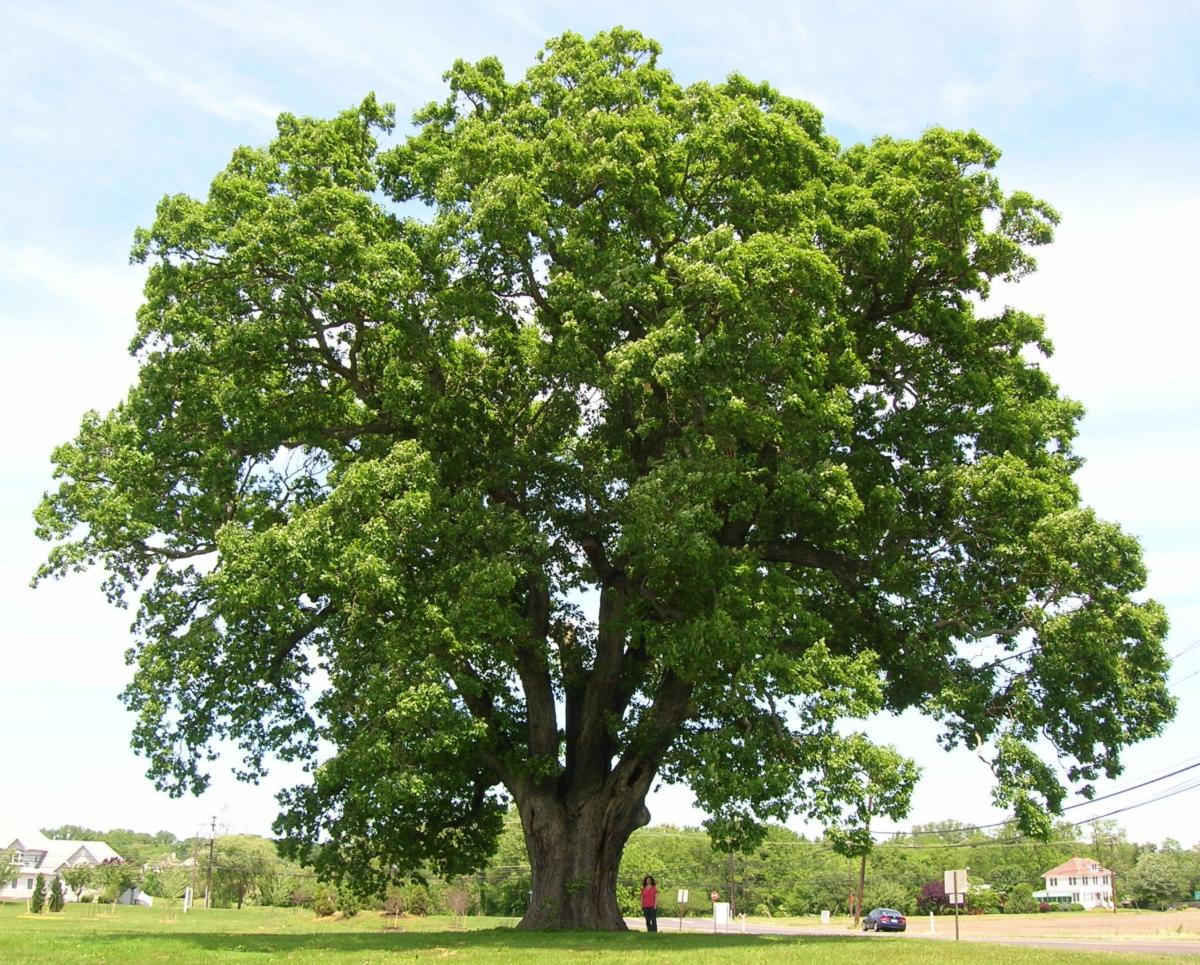Plant growth regulation is a reliable tool in the arborist’s tool box for positively influencing the health of a variety of trees.
Plant growth regulators are applied in the soil around the base of the tree, and take affect about six months after being applied.
Once it takes affect, treatment reduces production of a key enzyme in vegetation growth, called gibberellic acid (which sounds like a made up word, but we promise, is real). With this enzyme suppressed, the plant is able to direct resources that would normally go toward growth to other key processes in plant development, such as root development.
So, how does a plant benefit from reduced growth? And more importantly, how do you?
Safety
Regulating the growth of plants, especially once mature, helps them maintain a size and shape for a longer period of time that reduces obstruction of signs, encroaching into structures, and growing into utility lines. Regulating growth can also help reduce lifting of sidewalks and tripping hazards associated with mature root systems that can cause paved structures around your property to become compromised.
Drought Resistance
Decreasing production of gibberellic acid allows for an increase in production of other key plant hormones and enzymes that influence the development of the cuticle, which is the waxy outer layer of the leaf that helps prevent desiccation. Stomates on the leaf can close faster when the environment is dry, and more leaf hairs are produced to protect leaves from drying winds. This results in overall better resilience to drought conditions, something Richmond is quite famous for during the summer!
Disease Reduction
While not specifically designed to help plants resist disease, there have been positive results in reducing disease symptoms on certain hosts as a result of applying plant growth regulators. For severe diseases, other treatments are still recommended.
Improved Root Systems
An increase in fibrous root production expands the area of soil that plants can draw water, minerals, and other resources from. This also helps with drought resistance!
Improved Plant Appearance
Finally, a healthy plant is usually a beautiful plant. Reducing gibberellic acid production causes and increase in chlorophyll production, which results in darker, greener leaves!
Here’s the best news of all – one treatment lasts for three years! When applied correctly, growth regulation is a home run for your trees AND your budget.
There aren’t many trees and shrubs that can’t benefit from growth regulation. Some species, such as the Japanese Maple, are particularly sensitive to treatment, so expertise is needed to consider whether the plant and situation is a good fit for growth regulation. If you are curious about whether your trees and shrubs could benefit,
give us a call and have a Consulting Arborist inspect your property!
